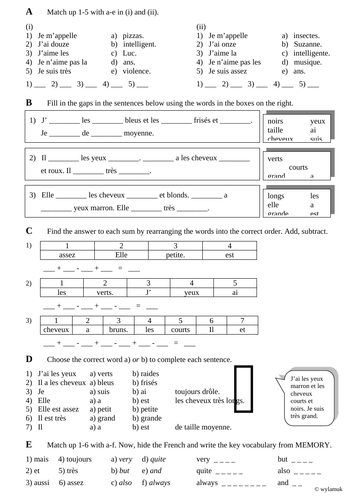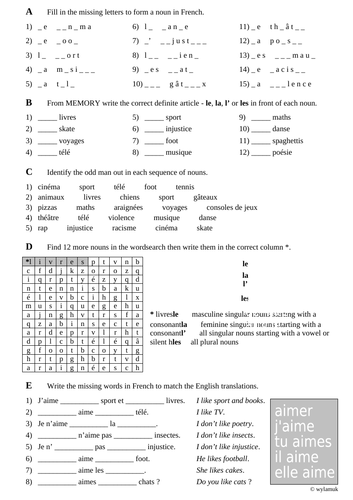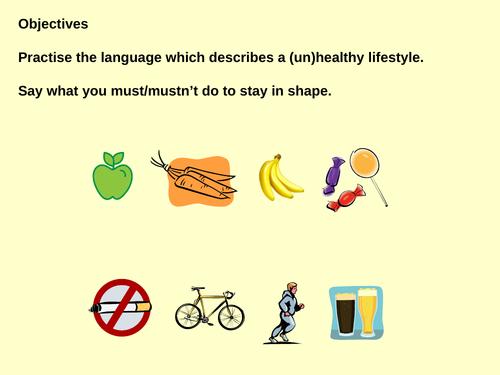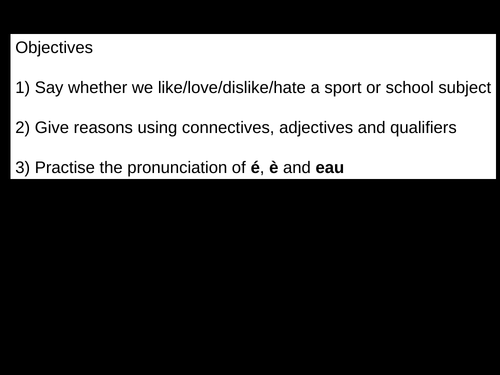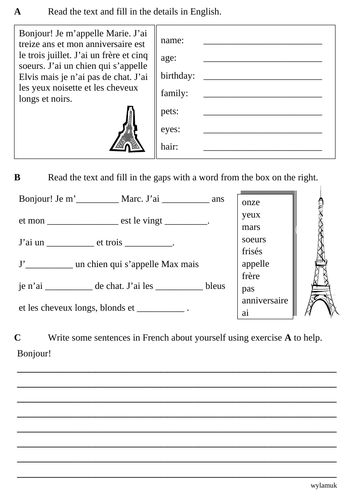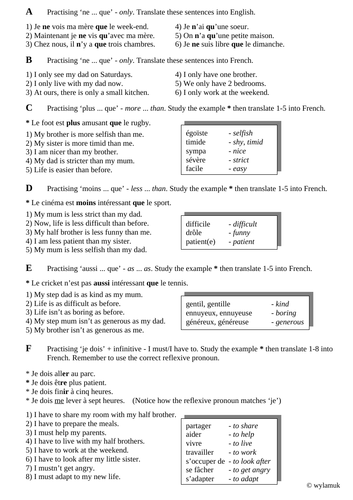wylamuk's shop
I have over 30 years teaching experience and enjoy making well differentiated, challenging French and Spanish resources for all key stages. I am also the author Spanish resources for Heinneman and Nelson Thornes. Please like and share my Facebook page-French and Spanish resources by wylamuk - TES Thank you ! https://www.facebook.com/Wylamuk-French-and-Spanish-resources-234741253726893/




